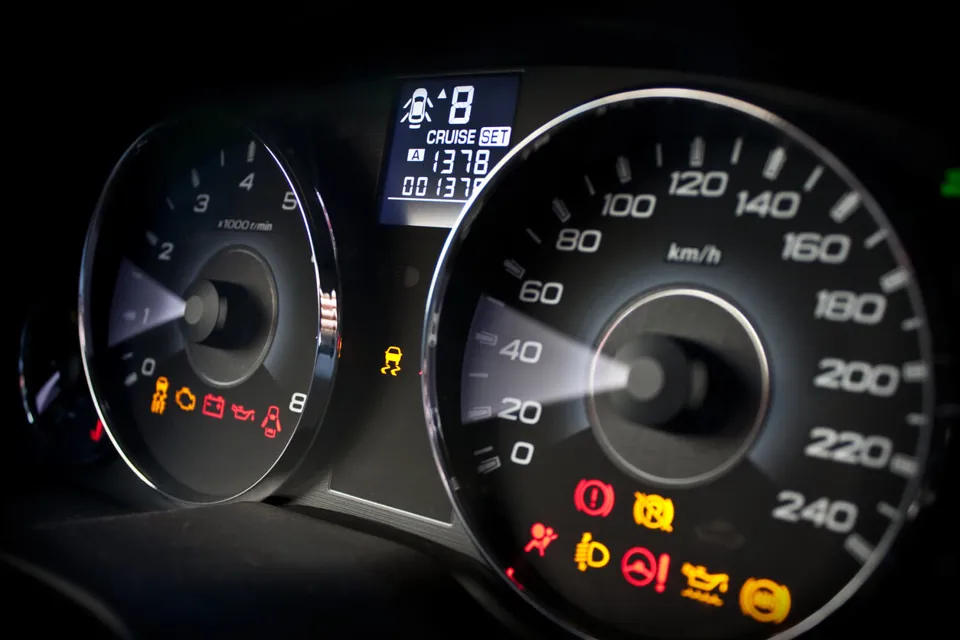Option 4: Telematics
Lorna Carpenter, office manager, Western Union
Fleet size: 49 cars, but the fleet is likely to more than double in size over the next 12-18 months
Average mileage: 25,000-30,000
Mileage capture system: We’ve used ProFleet2 supplied by ALD Automotive for three months. Previously we captured mileage manually on spreadsheets and expense forms.
Why did you opt for this system? ProFleet2 is fitted as standard by ALD Automotive as part of the vehicle lease. It’s simple, effective and accurate without the need for paper-based records. It is an easier and quicker way for drivers to manage mileage expenses and we are confident we are HMRC-compliant.
How did you make the business case? ProFleet2 is incorporated as part of the lease and access to standard data is free of charge to the driver and fleet manager. With the system already in the vehicles and the benefits it would offer drivers and the business, the decision to use the technology was a ‘no-brainer’. Doing this was seamless and effortless – it’s all been easy. I didn’t have much to do. The drivers registered and then had access to their mileage data.
What’s automated and what’s not? Every journey is recorded automatically directly from the vehicle itself.
All drivers have to do is flag journeys as business or private use.
How accurate is the data compared to your previous system? Data is taken directly from the vehicle ECU (the same source that feeds data to the odometer).
Therefore the mileage recorded is just as accurate as the vehicle dashboard.
How foolproof is it? The technology records every journey and it can’t be easily unplugged so is a robust system. Some drivers had privacy concerns around the use of telematics, but once they understood that
private journeys would remain private and we were only interested in business journeys, they focused on the benefits and embraced the technology.
What results have you achieved from the system? Everything you need is recorded accurately and meets HMRC guidelines on expenses claims and submissions, saving you time and effort, as well as simplifying the whole process. We now know we are doing everything we can to ensure we have accurate mileage records for our entire fleet.
What advice do you have for other fleet managers about mileage capture systems? Research the market, not every solution is the same. Also choose a supplier with a consultative approach.
Option 5: Mileage capture with fuel card
Elaine Wallis, administrator, ESP Leisure
Fleet size: 18 cars
Mileage capture system: Until six weeks ago we collated private mileage through expense claims in Excel. Data is still being transferred into a new system, Business Mileage Monitor led by fuel card data from Allstar.
Why did you opt for this system? It is easier for drivers, more convenient and it will allow us to keep track of mileage better.
How did you make the business case? The business case came down to convenience and accuracy. We are still trialling the system, but so far it’s going well.
What’s automated and what’s not? Drivers give their odometer reading when they present the card to buy fuel. They still need to identify private mileage , but we can verify this much more easily now. It makes our system much more accurate for mileage overall. Previously we had to collate private mileage from expenses and then extract it when accounting – now we have all the mileage data in one place.
How accurate is the data compared to your previous system? So far it seems much more accurate. We can double check mileage by looking at employees’ calendars but we rarely need to do this.
How foolproof is it? There’s no extra kit or applications needed and no training required. Drivers are prompted for their odometer reading. So while nothing is 100% foolproof, it’s fairly easy.
What results have you achieved from the system? Administration time is far less. We also have all our data available on a weekly basis, because we now have weekly invoices as opposed to the monthly expense claims we had before.
What advice do you have for other fleet managers about mileage capture systems? Give it a go. You can look at your account and see every day what is happening. I don’t need to do that because we have a small fleet, but I can see that if you had a large fleet, that ability to stay on top of it all would be very useful.
The FleetNews view
All of the systems reviewed are more accurate than using a spreadsheet or logbook approach and they ease the administration burden for fleet managers.
However, it is still up to fleet managers to ensure that drivers use the systems provided.
Many of the systems rely upon active driver participation or drivers manually identifying the nature of a journey for their expense records.
Mileage records should be spot-checked, either internally or via an external resource, to ensure compliance.
Take the HMRC approach: check 10% of your records and identify any that end with a ‘0’.
If more than 10% of business mileage claims do, then it’s likely that claims are being rounded up.
At that point, HMRC would begin to delve a little deeper; perhaps you should, too.

















Login to comment
Comments
No comments have been made yet.